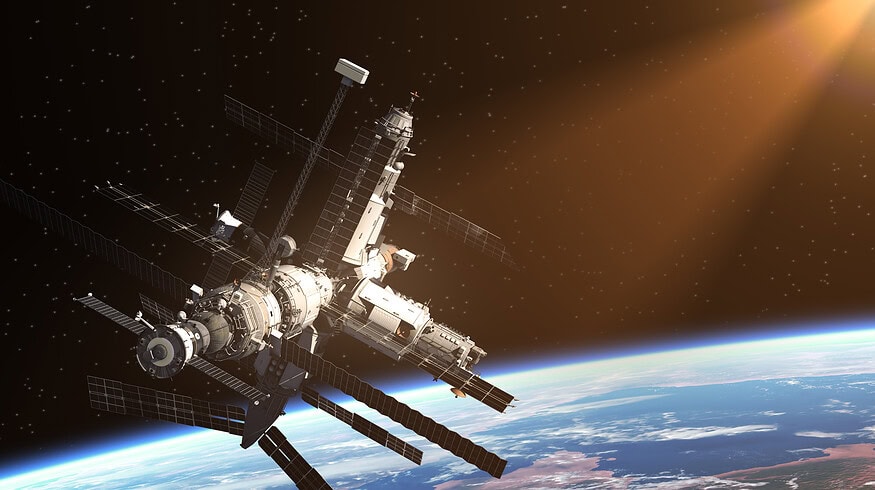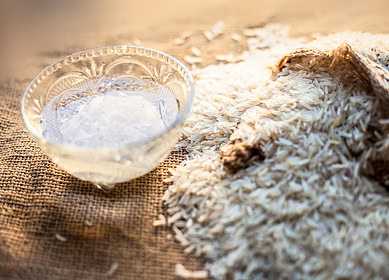Cultivating a green frontier: plant growth in space’s unique environment

As humanity extends its reach into space, the presence of plants on spacecraft like the International Space Station (ISS) becomes more than a matter of aesthetics; it’s a necessity for astronauts’ psychological and physical well-being. The significance of plants in space extends beyond creating a semblance of Earth; they are vital for providing fresh produce to astronauts during long-duration missions. This need arises as the nutritional value of prepackaged meals diminishes over time, posing health risks like vitamin deficiencies.
One innovative solution to this challenge is NASA’s Vegetable Production System, known as Veggie. Residing on the ISS, Veggie is a compact space garden, roughly the size of carry-on luggage, designed to grow plants in microgravity. It uses a unique “pillow” system filled with clay-based growth media and fertilizer to ensure a balanced distribution of water, nutrients, and air around the plant roots, overcoming the peculiarities of fluid behavior in space.
In the weightlessness of space, plants rely on light rather than gravity to guide their growth. Therefore, Veggie uses a specific array of LEDs that emit a spectrum of light suitable for plant growth, resulting in its characteristic magenta glow. Veggie has successfully cultivated various plants, including different types of lettuce, Chinese cabbage, and flowers. These plants not only supplement astronauts’ diets but also contribute to their mental well-being. Notably, astronaut Scott Kelly famously photographed a bouquet of zinnias floating against the backdrop of Earth.
Looking ahead, the team at Kennedy Space Center plans to expand Veggie’s repertoire to include tomatoes, peppers, and antioxidant-rich foods, which might offer added protection against space radiation.
In addition to Veggie, the Advanced Plant Habitat (APH) on the ISS serves as another sophisticated growth chamber. Unlike Veggie, the APH is fully enclosed and automated, equipped with a diverse array of LED lights and more than 180 sensors. It requires minimal crew intervention, as its systems for water distribution, atmosphere control, and temperature regulation are automated. APH’s inaugural run included experiments with Arabidopsis thaliana and dwarf wheat, generating significant interest on social media.
A key area of research in APH is understanding how microgravity affects plant biology, particularly at the gene, protein, and metabolite levels. Dr. Norman Lewis’s Arabidopsis Gravitational Response Omics study aims to explore these changes, with a focus on plant lignin content—a structural component analogous to bones in humans. Understanding whether genetically engineered plants with reduced lignin can thrive in space could have profound implications for nutrient absorption and waste management in space habitats.
The Biological Research in Canisters (BRIC) program complements these studies. BRIC-LED, the latest iteration, allows for the study of plants, mosses, algae, and cyanobacteria. Researchers like Dr. Simon Gilroy use BRIC-LED to analyze changes in gene expression in Arabidopsis, particularly in response to environmental stressors and immune system alterations.
These ongoing studies are pivotal for NASA’s deep space exploration and colonization strategies. By understanding and optimizing plant growth in space, we can ensure that astronauts have access to fresh, nutritious food, thus enabling longer and healthier space missions. This research not only advances our capabilities in space but also deepens our understanding of plant biology in extreme environments.
Enjoyed this story?
Every Monday, our subscribers get their hands on a digest of the most trending agriculture news. You can join them too!














Discussion0 comments